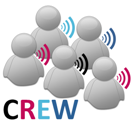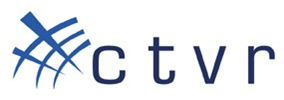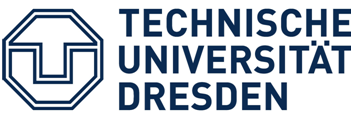LTE bands
Sensing Engine
Short testbed description
The imec sensing enigne is a prototype implementation of a sensing engine for mobile communication devices. The prototype consists of two main blocks: an analog RF front-end including analog to digital conversion and a DIgital Front-end For Sensing (DIFFS). For permanent deployment in the w-iLab.t testbed a WARP board is selected as analog RF front-end, covering the 2.4 and 5 GHz ISM bands. An in house developed flexibele SCAlable raDIO (SCALDIO) is also tested in a lab environment, covering an RF input range from 0.1 up to 6 GHz and a channel bandwidth up to 40 MHz.
Access information
The imec sensing engine is available in the Ghent island CREW (w-iLab.t testbed).
Getting started and user documentation
Advanced informationLTE/LTE advanced testbed
Short testbed description
Dresden’s LTE/LTE+ like testbed was set up in 2008 as part of the Easy-C project (www.easy-c.com).
Example experiments
Various kinds of cognitive radio experiments are thinkable.
Example experiment that requires a secondary system: Coexistence of a primary and a secondary system in licensed frequency bands.
Example experiment that requires a spectrum sensing device: Reliable detection of white spaces in an LTE system with typical user traffic.
Access information
Experiments in the indoor lab require physical access. Outdoor eNB sites can be accessed via Remote Desktop from within our institute's network. For remote sessions from outside the institute's network, VPN certificates have to be prepared. Please contact us directly at  . UEs cannot be accessed remotely.
. UEs cannot be accessed remotely.
Getting started and user documentation
Access the complete documentationIRIS
Short testbed description
Iris is a software radio architecture that has been developed by the CTVR , built in C++, it is used for constructing complex radio structures and highly reconfigurable radio networks. Its primary research application is to conduct a wide range of dynamic spectrum access and cognitive radio experiments. It is a GPP-based radio architecture and uses XML documents to describe the radio structure.
Example experiments
In this sample experiment we will run a simple radio and then adapt a component and add a controller, with a view to exploring the basic functionality of both. The steps a researcher should follow to complete the experiment are outlined below.
1. Follow the instructions outlined on the Iris wiki to run radio (https://ntrg020.cs.tcd.ie/irisv2/wiki/ExampleExperiments), OFDMFileReadWrite.XML.
2. If this radio is functioning correctly, “radio running” will appear on the command line.
3. To add a controller to the radio, we must first create an event in one of the components to which the controller can subscribe. To do this, open the shaped OFDM modulator and register an event in the constructor function.
4. Once the event is registered we must create a condition that must be satisfied for the event to be activated. To do this, open the “process” function (as this is where all the calculations are carried out) and specify a condition that activates the controller whenever, for example, 100 packets have passed through.
5. Once this has been done the controller can be made. Open the “example” controller; this gives us a template to work with.
6. Within the controller we must do two things, subscribe to the event that has been set up in the component and specify the parameter that we wish to change as well as the value we wish to change it to.
7. To change the parameter, we specify the name of the parameter as well as the component and engine that it is in. These are assigned in the “ProcessEvent” function.
8. The logic that dictates what the parameter is changed to also goes in this function.
9. Recompile all the relevant code, include the controller in the XML file and run the radio as before.
If the radio is running properly, you should see the event being triggered on the command line and the new value of the parameter in question.
Access information
Before gaining access to the Iris testbed it is essential to familiarise yourself with the Iris software. This is done through the Iris Wiki page. The Wiki gives you full instructions on how to download and install the Iris software onto your own computer as well as instructions on how to get started in using it. Use of the Wiki page requires a user account and password. These can be obtained through emailing either tallonj@tcd.ie or finnda@tcd.ie.
At this stage users will be able to performe experiments using Iris, independent of the Iris testbed, using either the simulated "channel component" or in conjunction with the USRP (1/2/N210 etc.).
Access to the Iris testbed is given out separately from access to the Wiki. This is because access to the Iris testbed is often not necessary if users have USRP hardware of their own available.
However, if remote access to the Iris testbed (after installing and trying out the Iris software) is required, details of how to obtain access to the testbed can be found here.
Demonstration
Demonstration of a dynamic spectrum access wireless backhaul system in the UHF band












